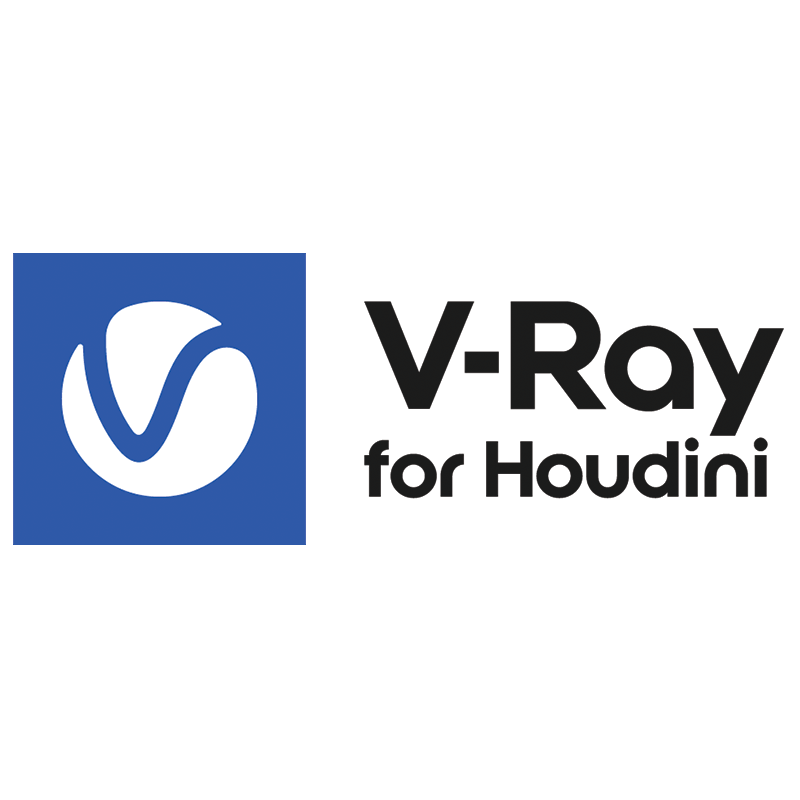Description
DESCRIPTION
V-Ray brings VFX to life. From heroes and creatures to vehicles and environments, V-Ray helps artists deliver invisible and
blockbuster effects for Emmy-winning television and over 150 feature films.
V-Ray for Houdini is a production-proven CPU & GPU rendering for high-end VFX and animation, built to handle users’ biggest
scenes and most demanding projects. It comes with all the tools artists need to render amazing-looking procedural effects.
Seamlessly integrated in Houdini, it enables smooth scene exchange and iterations between Houdini and other DCC applications.
KEY BENEFITS
Quality. Production-proven CPU & GPU rendering for high-end VFX and animation.
Power. Built to handle the most demanding projects and visual effects pipelines.
Speed. Highly optimized adaptive ray tracing for superior speed and scalability.
Creative Control. Full suite of lighting, shading and rendering tools for complete creative control.
Smart Integration. Seamless Houdini integration and compatibility with other V-Ray applications.
An Industry Standard. Academy Award®-winning renderer used on over 200 feature films.
V-RAY WORKFLOW ACROSS DCC PRODUCTS
V-Ray for Houdini can further enhance 3ds Max, Maya, and Katana workflows with the addition of V-Ray for 3ds Max,
Maya, and Katana. More lighting and shading options can be added during the compositing stage by using V-Ray for Nuke.
V-Ray for Houdini supports VRScans which allows for the most physically accurate materials to be used
KEY FEATURES
Production-proven rendering. Powerful CPU and GPU-accelerated rendering built for the demands of high-end production.
Volume rendering. Fast and accurate rendering of native Houdini volumes and OpenVDB caches.
V-Ray Scene exchange. Transfer and override the properties of V-Ray scenes from other apps like Maya and 3ds Max.
Physical hair. Create realistic-looking hair* with accurate highlights using the V-Ray Physical Hair material. *Currently supports hair as SOP geometry
Instancing. Instance any object type (including volumes) using Packed Primitives, Instancer and “instancepath” attributes.
Particles. Drive shader parameters such as color, alpha and particle size through custom per-point attributes.
Packed primitives. Efficient handling of Houdini’s native packed primitives for instancing at render time.

